On June 28, the Egyptian Ministry of Tourism and Antiquities announced that Egyptian archaeologists had discovered three ancient stone tombs at the Qubbet el-Hawa cemetery near the city of Aswan, dating back to the Old Kingdom (2686-2181 BC).
Mohamed Ismail Khaled, Secretary General of Egypt's Supreme Council of Antiquities (SCA), said initial findings suggest that some of the tombs were reused during the Middle Kingdom (2055-1650 BC), highlighting Qubbet el-Hawa's longstanding role as an important burial site in various eras of ancient Egypt.
Mr Khaled asserted that the discovery provided new insights into the transitional period between the Old Kingdom and the First Intermediate Period (2181-2055 BC).
Some of the tombs do not have hieroglyphic inscriptions, but still have traditional architecture and burial practices, which may indicate limited economic resources at the time, Khaled said.
Head of the Central Antiquities Authority of Upper Egypt Mohamed Abdel-Badi revealed that the two tombs had similar characteristics and contained altars, pottery, wooden coffins and human remains.
The third tomb was of a different design to the original two, with a large collection of well-preserved pottery and the remains of both adults and children.
The Egyptian Ministry of Tourism and Antiquities stressed that the discovery reinforces the role of Qubbet el-Hawa as one of the most important archaeological sites in southern Egypt and sheds light on burial customs and architecture during transitional periods in ancient Egyptian history.
Qubbet el-Hawa cemetery, located on the west bank of the Nile River opposite the city of Aswan, is famous for its stone tombs of nobles and officials from many ancient Egyptian dynasties./.
Source: https://www.vietnamplus.vn/cac-nha-khao-co-ai-cap-khai-quat-ba-ngoi-mo-da-gan-thanh-pho-aswan-post1047030.vnp








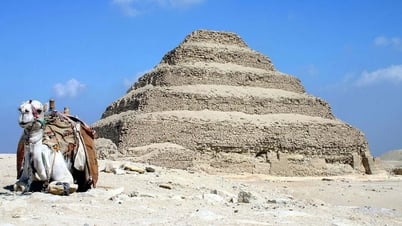








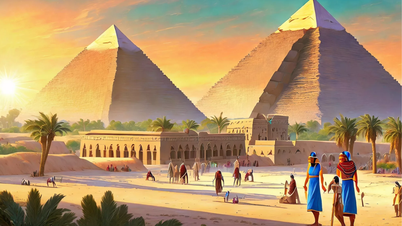

















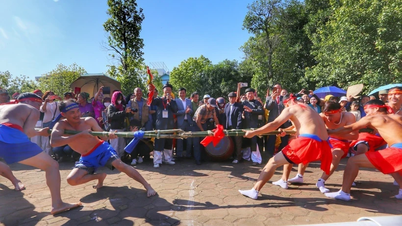
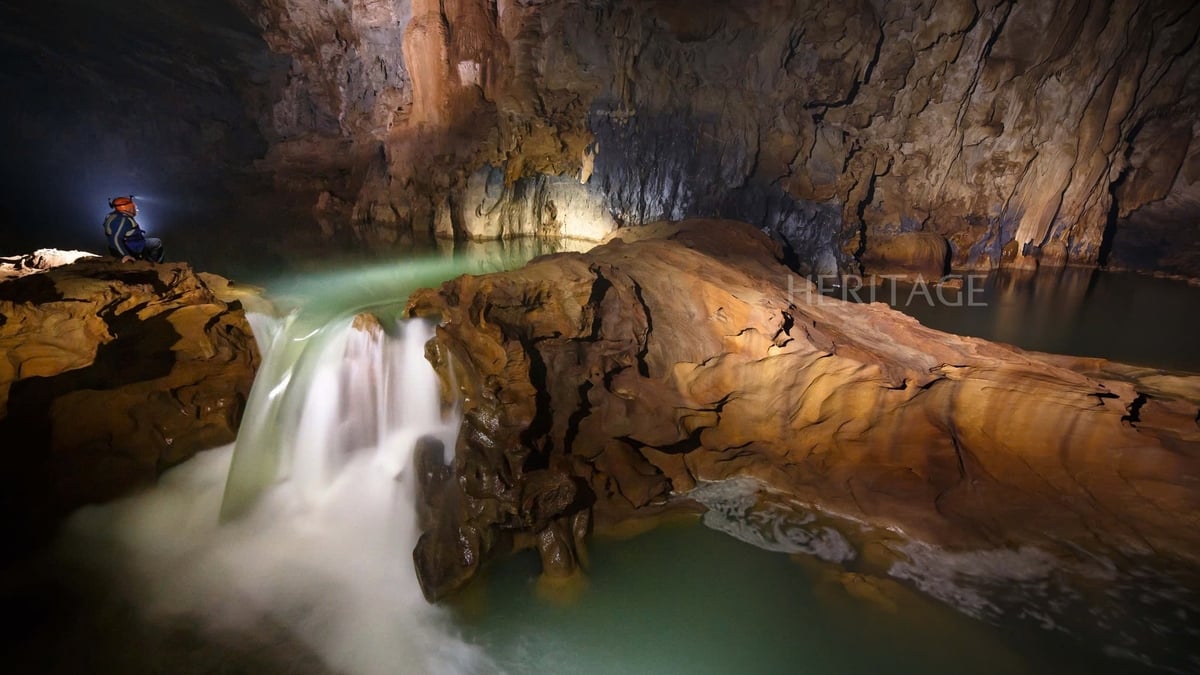





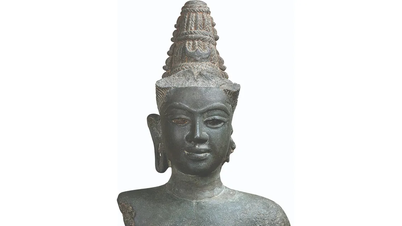
























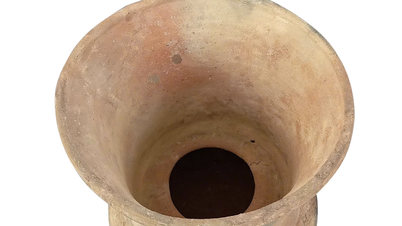



![[Infographic] Circular guiding the functions, tasks and powers of the provincial Department of Culture, Sports and Tourism and the commune-level Department of Culture and Social Affairs](https://vphoto.vietnam.vn/thumb/402x226/vietnam/resource/IMAGE/2025/6/29/877f24989bb946358f33a80e4a4f4ef5)































Comment (0)